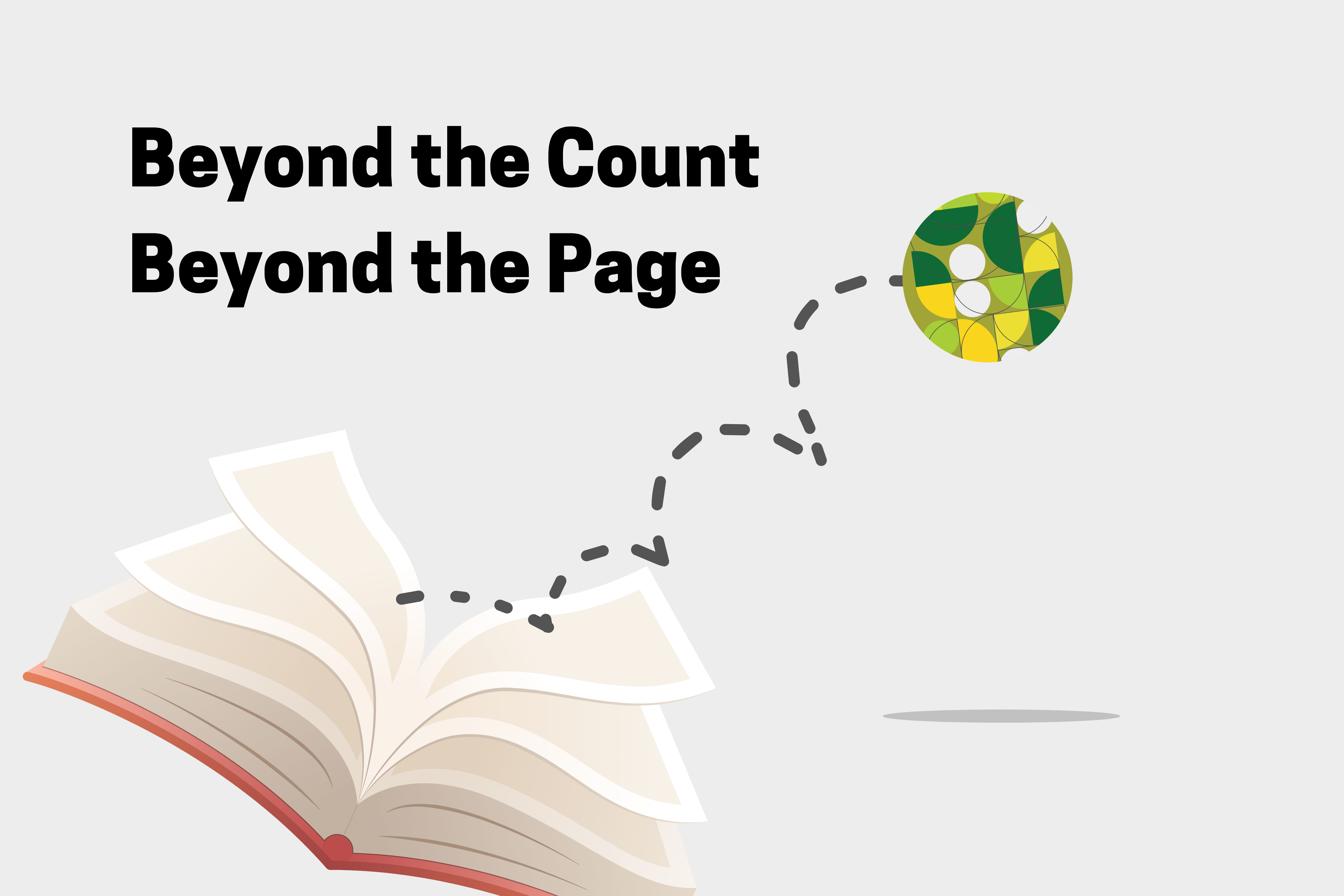
When the JoCI commissioned the largest study of Jews of Color in United States History, we did not want the findings to remain stagnant on the written page. As we anticipated, the findings are a clear call to the community to take action. Since Beyond the Count was released in August 2021, individuals, organizations, and communities across the country have explored the study’s findings and mobilized for actionable change. In addition to the conversations happening independently, our Executive Director, Ilana Kaufman, is sharing the findings to spark community-wide change.
“With so many Jews of Color…experiencing racism, discrimination…people questioning us about our appearance, people questioning us about how we became Jewish, it is believed by Jews of Color that community leaders are not doing enough to respond to racism,” Kaufman said in a recent podcast with Jewish Women’s Archive. “They’re not doing enough to respond to racial injustice.”
One of the goals of releasing Beyond the Count was to provide a bigger picture not only of what has occurred in the lives of individuals who participated in the survey, but to assess the state of our communal ecosystem and provide a framework for enacting change. Beyond the Count was always meant to live off the page. Here’s how some organizations and leaders across the country are using Beyond the Count—and how you can too.
1. Discuss Beyond the Count in organizational learning sessions.
Jason Oruch, Director of Jewish Life Philanthropy with JEWISHcolorado, shared that he led a discussion about the findings with his organization at a Lunch & Learn session.
“The purpose of the event was to educate the staff about findings of the Beyond the Count study and influence them to shift the way we see and talk about the Jewish community…and how we need to further incorporate those perspectives into everything we do.” Oruch plans for this to extend beyond a single session or conversation to have long-term influence. “I advocated for the study to influence our short and long-term planning to become more inclusive and be leaders in our community.”
Oruch has begun to see the conversation shifting towards action as colleagues bring their learning to their specific work areas, including elementary school education and young adult programming. “My hope is that we will become a leader for Jewish diversity and inclusion in our community while educating our partner agencies to engage and empower Jews of Color in leadership roles, grantmaking, and feeling welcome attending events.”
2. Host an event for Jews of Color to share their experiences with your community.
Rabbi Melinda Mersack, Director of jHUB of the Jewish Education Center of Cleveland said she hosted a panel event that highlighted the experiences of three Jews of Color in relation to the findings of Beyond the Count. “When the study came out, we recognized its importance and wanted to share it with others. It’s a learning opportunity for our community….Now that people are aware, the work can begin to take necessary steps to value each member of our community.”
Mersack sees these steps for change beginning to emerge. “We are launching an initiative called ‘Our Stories’ that focuses on the intersectionality of our identities and will continue to focus on those whose voices have been typically underrepresented in the Jewish community, including Jews of Color.”
3. Familiarize yourself with a few Beyond the Count statistics—and reference them regularly.
Deitra Reiser of Transform for Equity shared that Beyond the Count is a back-pocket tool she shares wherever she goes. “I use the statistic that 80% of Jews of Color have experienced discrimination when I’m consulting, when I talk to synagogues. I use Beyond the Count all the time, share it with folks I’m working with; it is the seminal heart to showing that diversity, equity, and inclusion work is beyond needed in our community.”
4. Share your actions and recommendations publicly so others are inspired to create change too.
Reiser also published an article in November 2021 that listed five recommendations for synagogues to create an antiracist community. Using key statistics from Beyond the Count, Reiser recommends that knowing not only the demographics but also the experiences of Jews in the margins is essential for moving forward.
“If your synagogue has not started the work of pursuing racial equity, begin. If your synagogue has paused the work, as has been the case for many endeavors during our time in the COVID wilderness, re-engage.” Reiser recommends convening Jewish Leaders of Color, making sure to include at least one JoC clergy member to “determine how to center equity work internally and make a plan for sharing and building the work throughout your synagogue.” Reiser also recommends building relationships among Jews and across diverse communities “with curiosity and openness,” and partnering with Jews of Color who also have expertise in antiracist organizing or training.
If these steps seem small, they can be the start of something bigger. Beyond the Count provides us with the ability to shape how the Jewish community chooses to move forward. It is not meant to just sit on a shelf or as a file on your desktop. It is meant to be used to create the next chapter of the Jewish community—a chapter in which we are actively antiracist within and outside of the Jewish community, embrace our multiracial and multiethnic reality as the Jewish people, and build the Judaism that will last for generations to come.


